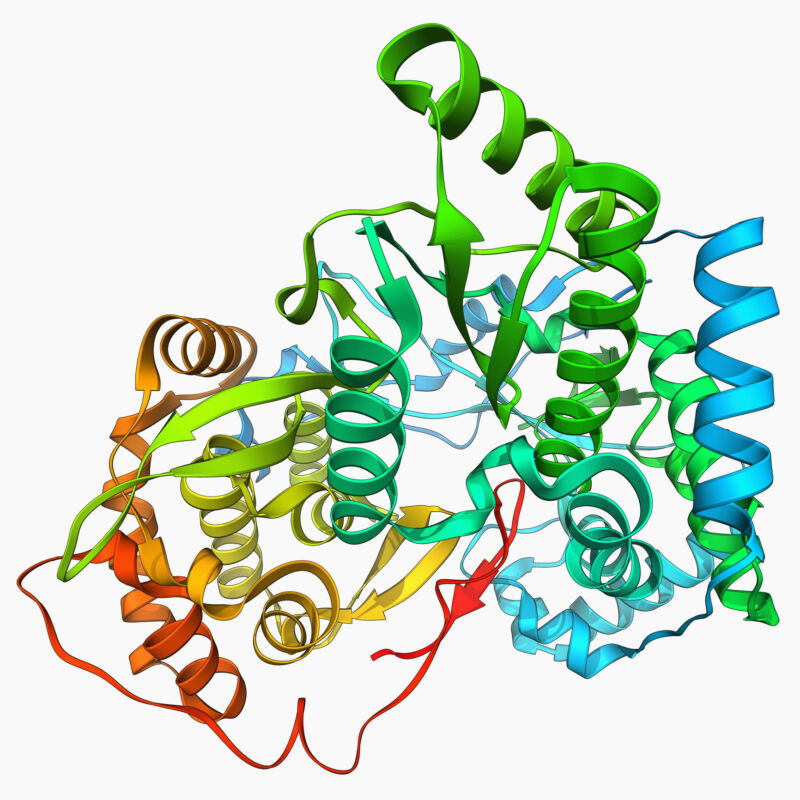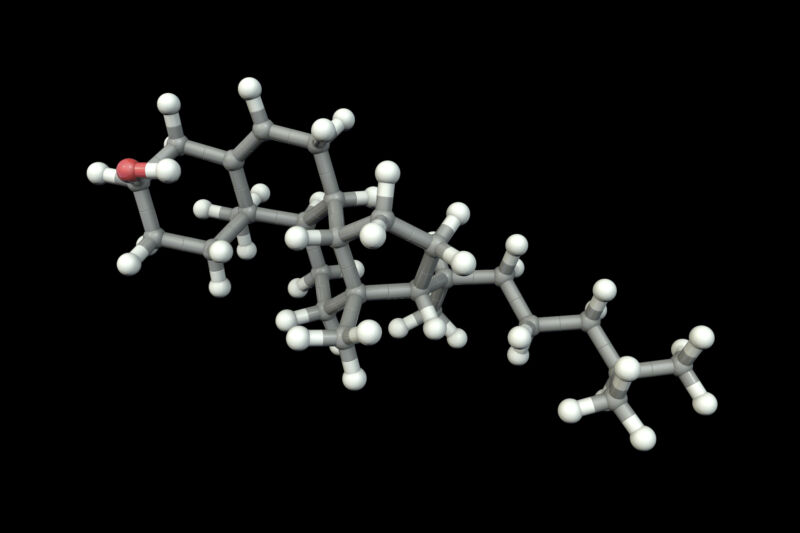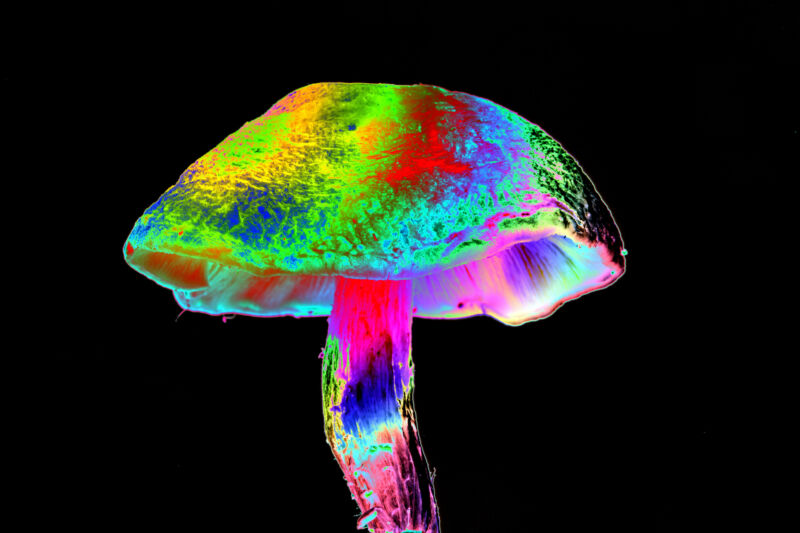-
 chevron_right
chevron_right
Injection of “smart insulin” regulates blood glucose levels for one week
news.movim.eu / ArsTechnica · Wednesday, 27 December - 14:57

Enlarge / Smart insulin has the potential to make injections far less frequent. (credit: A. Martin UW Photography )
People with type I diabetes have to inject themselves multiple times a day with manufactured insulin to maintain healthy levels of the hormone, as their bodies do not naturally produce enough. The injections also have to be timed in response to eating and exercise, as any consumption or use of glucose has to be managed.
Research into glucose-responsive insulin, or “smart” insulin, hopes to improve the quality of life for people with type I diabetes by developing a form of insulin that needs to be injected less frequently, while providing control of blood-glucose levels over a longer period of time.
A team at Zhejiang University, China, has recently released a study documenting an improved smart insulin system in animal models—the current work doesn’t involve any human testing. Their insulin was able to regulate blood-glucose levels for a week in diabetic mice and minipigs after a single subcutaneous injection.








